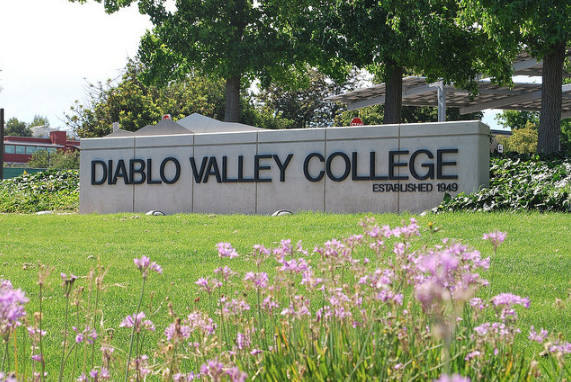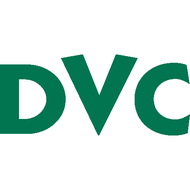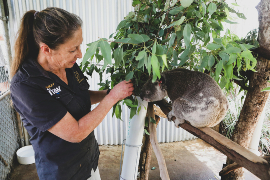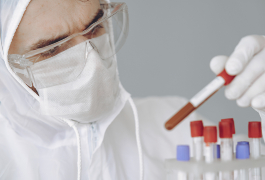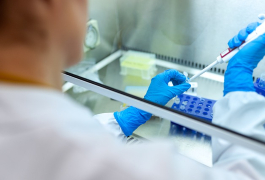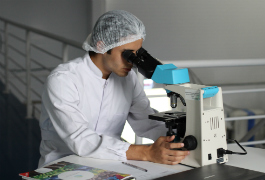Associate in Science in Biology for Transfer (Associates)
迪布罗谷学院
加利福尼亚州普莱森特希尔
The associate in science in biology for transfer degree is designed as a two-year program that offers an introduction to the basic principles of biology as well as the supporting knowledge of chemistry, physics, and mathematics. The associate in science in biology for transfer is intended for students who plan to complete a bachelor’s degree in a similar major at a CSU campus. Students completing this degree are guaranteed admission to the CSU system, but not to a particular campus or major.
In order to earn the degree, students must:
- Complete 60 CSU-transferable units.
- Complete the California State University-General Education pattern (CSU GE); or the Intersegmental General Education Transfer Curriculum (IGETC) pattern, including the Area 1C requirement for Oral Communication.
- Complete a minimum of 18 units in the major.
- Attain a minimum grade point average (GPA) of 2.0.
- Earn a grade of “C“ or higher in all courses required for the major.
Students transferring to a CSU campus that accepts the degree will be required to complete no more than 60 units after transfer to earn a bachelor’s degree. This degree may not be the best option for students intending to transfer to a particular CSU campus or to a university or college that is not part of the CSU system, or those students who do not intend to transfer.
Students must complete each course used to meet a major requirement with a “C” grade or higher. Some courses in the major satisfy both major and CSUGE/IGETC general education requirements; however, the units are only counted once toward the 60 unit requirement for an associate degree. Students are advised that for this major, they may use the IGETC for STEM (Science, Technology, Engineering and Mathematics) pattern. This pattern allows students to complete one course in Area 3A; one course in Area 3B; and two courses in Area 4 from two different disciplines. Some variations in major requirements may exist at certain fouryear institutions; therefore, students who intend to transfer are advised to refer to the catalog of the prospective transfer institution and consult a counselor.
课程学习成果
- apply the scientific method of inquiry using appropriate and effective tools in obtaining, analyzing (including use of statistical procedures and standard techniques in data gathering), and interpreting information including peerreviewed articles.
- illustrate and analyze chemical bonds and reactions starting on the level of subatomic particles to the level of large organic molecules.
- compare and contrast organismal life structures and functions including microorganisms.
- demonstrate an understanding of the mechanisms and evidence for the theory of evolution.
- demonstrate the concept of limits and apply limits to realworld problems.
- solve problems involving rates of change and derivatives, including real-world problems.
- explain the core concepts in mechanics; forces, motion, momentum and energy.
- solve simple circuit problems involving electric potential, capacitance and resistance.



